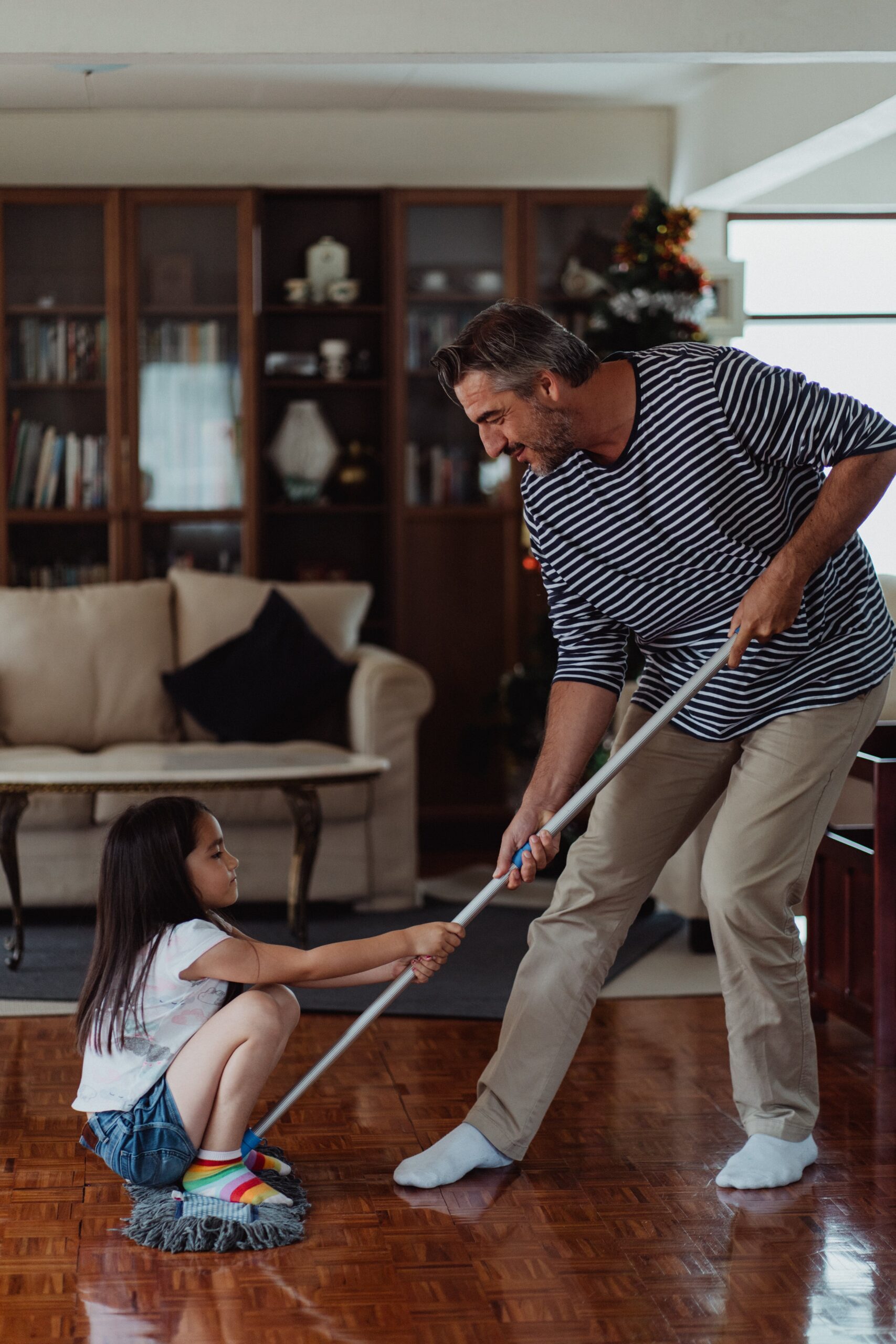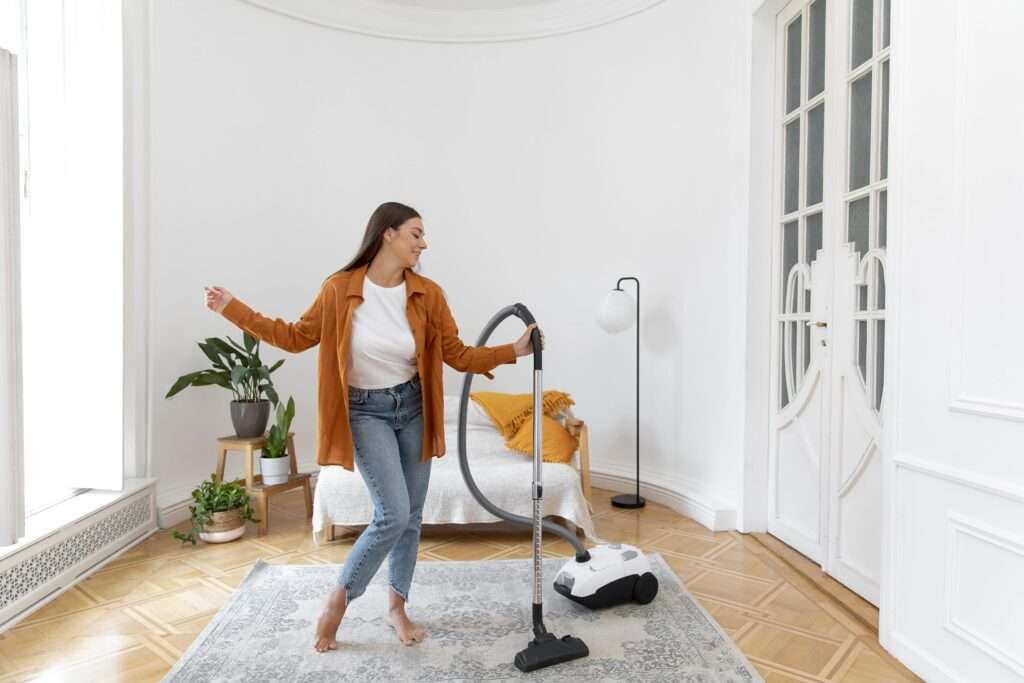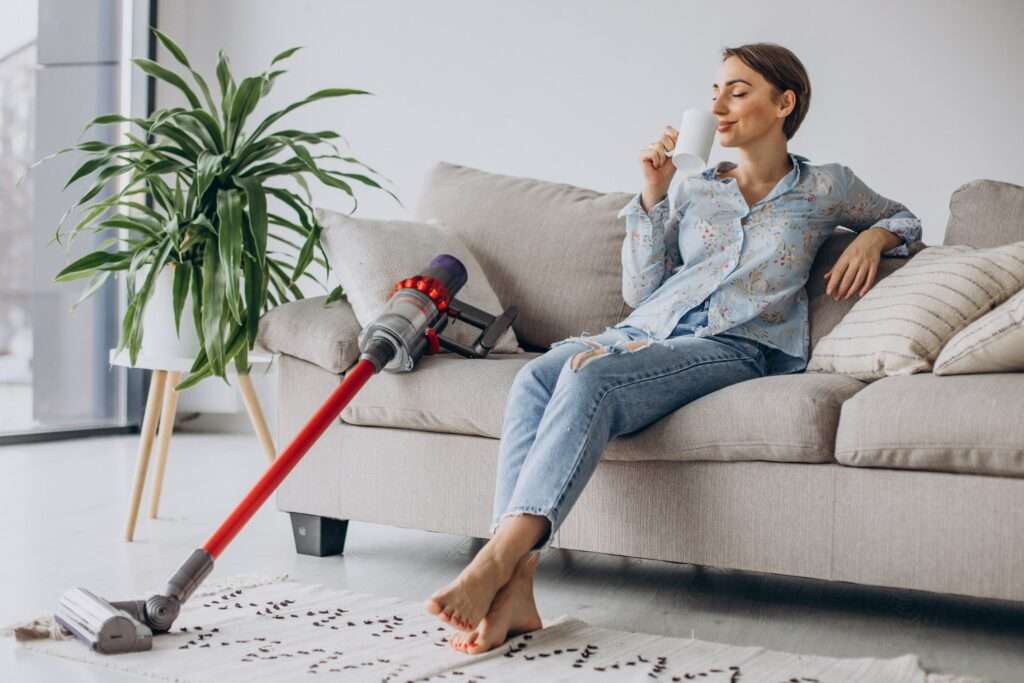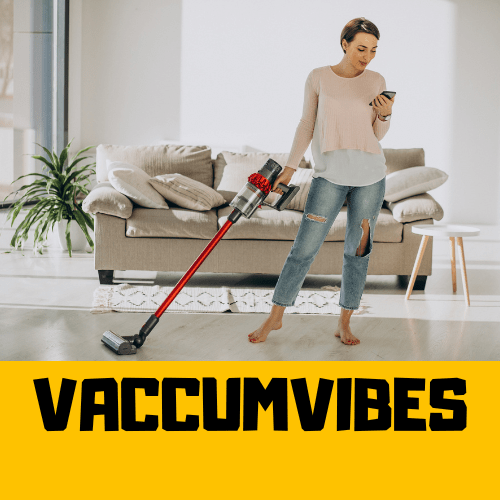
The impact of vacuum cleaners on dust allergies is widely debated even if vacuum cleaners have proved their efficacy in enhancing hygiene and cleanliness of living rooms and commercial spaces. Modern homeowners and cleaning enthusiasts have reported that effective and targeted vacuuming sessions suck up and trap dust, embedded grime, dirt pet hair, and allergens from a plethora of surfaces, but also sometimes redistribute these particles into the air, potentially exacerbating allergies and respiratory issues.
Indoor dust allergies can be a troublesome issue causing consistent coughing, red, itchy eyes, and discomfort and if you get triggered by dust or pet hair very often, then the missing ingredient in your battle against indoor allergens might be choosing the right vacuum cleaner. This essay explores the impact of vacuum cleaners on dust allergies and diverse factors promoting the increase in dust allergies with vacuum cleaner usage, supported by specific vacuum cleaner models, research findings and relevant statistics.
Table of Contents
Impact of Vacuum Cleaners on Dust Allergies-Dust Redistribution

The prime mechanism that makes vacuum cleaners responsible for increasing dust allergies is the redistribution of the finest vacuumed dust particles into the indoor breathable air during extensive cleaning sessions. It has been reported by a plethora of research studies that conventional and cheap vacuum cleaners lacking scientific and advanced HEPA filtration systems release back a significant amount of pet hair, fine dust, and allergens into the indoor environment aggravating dust allergies and asthma in elder persons.
Like to say for example, the Environmental Protection Agency (EPA) found that when you are vacuuming with an inefficient and cheap vacuum cleaner you are unconsciously promoting the increase in airborne allergen levels by up to 500%.
Impact of Vacuum Cleaners on Dust Allergies-Inadequate Filtration
The cost and comprehensive effectiveness of a modern-day vacuum cleaner in reducing dust allergies and asthma heavily depends on the installed filtration system. Vacuum cleaner models that are equipped with high-efficiency particulate air (HEPA) filters have been proven to capture and retain a plethora of finest dust particles, including pet dander, pet hair, dust mites, and pollen, thereby significantly reducing allergen exposure.
However, the American Academy of Allergy, Asthma & Immunology (AAAAI) in one of its surveys hinted that only 30% of modern households reported using a vacuum cleaner model with a HEPA filter proving that many households still risk their respiratory health by using vacuum cleaners with inferior filtration allowing allergens to escape back into the indoor air.
Impact of Vacuum Cleaners on Dust Allergies-Dust Mite Resuspension
Often traced in household dust like in upholstery, mattresses, bedding, and carpets, dust mites are regarded as a common allergen trigger. Inappropriate vacuuming can disturb these dust mite accumulations, causing them to float in the air and potentially trigger diverse allergic respiratory reactions in susceptible and elderly individuals. The Journal of Allergy and Clinical Immunology in one of their research papers demonstrated that vacuuming without adopting proper containment measures significantly increases airborne dust mite allergens, lingering in the indoor environment for hours after vacuum cleaning sessions.
Impact of Vacuum Cleaners on Dust Allergy-Frequency and Technique
The technique and frequency of vacuuming contribute crucially to determining its impact on aggravating or reducing dust allergies. It is to be noted that regular vacuuming abiding by the manufacturer’s guidelines is essential for effective dust control but excessive or aggressive vacuum cleaning sessions often worsen dust allergies by disturbing more dust particles.
The National Institute of Environmental Health Sciences (NIEHS) reported that modern homeowners who engage in frequent vacuuming sessions are more susceptible to higher levels of dust mite allergens in indoor air and respiratory infections compared to those who vacuum clean less frequently abiding by proper techniques.
Impact of Vacuum Cleaners on Dust Allergy-Carpeted Surfaces

Carpeted surfaces attract and retain a significantly larger amount of dust mites, pet hair, pet dander, embedded dirt, and other allergens and thus pose a greater challenge in dust allergy management. It should be noted that vacuuming carpets and mattresses can effectively remove superficial dust and debris, but fails to address allergens deeply ingrained within the carpet fibers.
In addition to this, vacuuming often releases allergens, and the finest dust particles trapped within the carpet pile into the indoor breathable air. The Indoor Biotechnologies Laboratory in one of their research found that vacuuming carpets and mattresses without HEPA filtration-installed vacuum cleaners resulted in a considerable increase in airborne allergen and dust levels aggravating asthma and dust allergies.
Best Vacuum Cleaners for Allergy Reduction
- Shark Navigator Swivel Pro Complete Vacuum
- eufy by Anker HomeVac H30 Infinity
- Dyson Outsize Vacuum Cleaner
- BLACK+DECKER POWERSERIES 2-in-1 Cordless Stick VacuumProscenic WashVac F20 Wet Dry Vacuum
- Samsung Jet 70 Pet Cordless Stick Vacuum
- Dyson V7 Motorhead Cordless Stick Vacuum Cleaner
Conclusion
Vacuum cleaners in the modern era are indispensable cleaning tools for abiding by hygiene and cleanliness standards and their improper and unscientific use can aggravate a plethora of asthma and dust allergies. Factors such as dust redistribution, inadequate filtration, improper technique, dust mite resuspension, and carpeted surfaces promote allergen exposure during prolonged and frequent vacuuming sessions.
Modern households and cleaning enthusiasts to mitigate the risk of asthma and various dust allergies should invest in high-quality vacuum cleaners equipped with advanced and authentic HEPA filters, consider alternative flooring options, and adhere to the appropriate cleaning techniques as mentioned in the user manual to reduce allergen accumulation. In addition to this, extensive research and campaigns are needed to raise awareness about using vacuum cleaners responsibly in allergy management strategies to reduce asthma and respiratory infections.
FAQs
Why are my allergies worse after vacuuming?
Conventional and cheap vacuum cleaners lacking scientific and advanced HEPA filtration systems release back a significant amount of pet hair, fine dust, and allergens into the indoor environment aggravating dust allergies and asthma in elder persons. Vacuuming without adopting proper containment measures significantly increases airborne dust mite allergens, lingering in the indoor environment for hours after vacuum cleaning sessions.
How does vacuuming help with allergies?
The National Institute of Environmental Health Sciences (NIEHS) suggests that proper and scientific vacuuming techniques, like using a HEPA-filtered vacuum cleaner, can effectively trap dust and allergens and prevent their redistribution into the indoor air. Effective vacuuming techniques also hinder the growth of dust mites and reduce overall allergen exposure promoting enhanced respiratory health.
Should I open windows when vacuuming?
If you are keeping windows open while vacuuming you can reduce indoor air pollution considerably and control dust allergies and asthma by allowing allergens to disperse outdoors. The Environmental Protection Agency (EPA) has advised enhancing indoor air quality by allowing proper ventilation during vacuum cleaning activities. When you are opening windows, you enable the removal of airborne particles and allergens disturbed during vacuuming, reducing the risk of respiratory irritation and allergies. However, you should consider outdoor air quality coupled with pollen levels before opening windows since higher concentrations of pollen grains can exacerbate allergies.
Is sweeping better than vacuuming for allergies?
Sweeping apparently seems effective for removing visible dust, and dirt debris from your living room or commercial space but it often worsens allergies by stirring up the finest particulate matter by making them float into the air. The Journal of Occupational and Environmental Medicine in one of their research found that sweeping increases dust and allergen concentrations, potentially exacerbating respiratory issues like asthma and dust allergies. On the other hand, vacuuming with a high-efficiency particulate air (HEPA) filter can trap and retain allergens more effectively and efficiently.
What are some other ways to reduce dust allergies?
To reduce asthma and dust allergies, you can consider buying allergen-proof mattress and pillow covers and mandatorily soak bedsheets weekly in hot water. Also focus on keeping humidity levels below 50% to hinder the growth of dust mites and try vacuuming regularly with a HEPA vacuum. Also you can replace carpet with hard flooring where possible.
How often should I vacuum my home?
Modern homeowners and cleaning enthusiasts should vacuum their home at least once or twice a week according to the cleaning goals and user manual’s instructions, with special focus on high-traffic areas like bedrooms, living rooms and hallways.If you have furry companions in your home you should focus vacuuming 2-3 times a week for effective elimination of pet hair and dander. Also, consider deep cleaning mattresses and carpets every 12-18 months toabide by hygiene standards and ensure longevity.

For the past five years, I’ve been engaged as an SEO content writer, specializing in crafting engaging blog posts. My focus lies in meticulously exploring and evaluating household cleaning appliances, particularly those integrated with cutting-edge and emerging technologies.
